Simple Ways To ADHD Dopamine Detox And Start Feeling Great
In this post you will read about Simple Ways To ADHD Dopamine Detox And Start Feeling Great.
Living with ADHD can feel like a constant search for stimulation.
If you’ve ever found yourself lost in social media, binge-watching Netflix, or playing video games far longer than intended, you’re probably familiar with the hunt for that quick hit of dopamine.
The idea of a dopamine detox has gained popularity, especially in Silicon Valley, as a way to reset the brain’s response to this constant stimulation.
But what does a dopamine detox mean, and how can it help the ADHD brain? Let’s dive into it.
This post may contain affiliate links which means I may receive a commission for purchases made through links (at no extra cost for you). As an Amazon Associate I earn from qualifying purchases. Learn more on my Private Policy & Disclaimer page.
What Is Dopamine, and Why Is It Important for ADHD?
Dopamine is a chemical messenger, sometimes referred to as the brain’s “pleasure chemical.”
“Dopamine is a complex hormone and neurotransmitter that affects emotions, behavior, and movement. It plays a major role in how we feel pleasure, seek rewards, and stay motivated.” (WebMD)
For those of us with ADHD, our brains don’t regulate dopamine the way neurotypical brains do.
We have low dopamine levels, which leads us to seek out instant gratification through overstimulating activities like scrolling social media or eating junk food.
Dopamine Dysregulation and ADHD Symptoms
ADHD symptoms such as impulsivity, trouble focusing, and hyperactivity are often linked to dopamine dysregulation.
The ADHD brain struggles to maintain steady dopamine levels, so we crave activities that offer a dopamine release, such as video games or fast food, to feel engaged or motivated.
However, this constant search for stimulation can lead to burnout, a shorter attention span, and difficulty focusing on everyday activities.
Does Dopamine Detox Work For ADHD?
What Is a Dopamine Detox?
A dopamine detox, sometimes called dopamine fasting, is the practice of reducing dopamine-producing activities for a set period.
“Dopamine fast was a method, based on cognitive behavioral therapy, by which we can become less dominated by the unhealthy stimuli — the texts, the notifications, the beeps, the rings — that accompany living in a modern, technology-centric society.” (Harvard Health Publishing)
The goal isn’t to cut off all pleasurable activities but to limit those that provide a quick but fleeting dopamine hit.
This helps reset the dopamine receptors in our brains, making us more sensitive to natural, healthy dopamine triggers, like spending time with loved ones or exercising.
Dr. Cameron Sepah, the creator of the dopamine detox concept, explains that the detox is a way to help regulate dopamine for those who might be prone to compulsive behaviors—including people with ADHD.
“To decide what to fast from, simply regard whether it’s highly pleasurable or problematic for you, and thus you may need a break from.” (Dr. Sepah)
Signs You Might Need a Dopamine Detox
Overuse of Digital Platforms
If you find yourself mindlessly scrolling social media apps, watching TV for hours, or playing video games for longer periods than intended, it may be time for a dopamine detox.
Excessive screen time can overstimulate the brain, making it harder to focus on tasks that require sustained attention.
We all do it, and it’s not saying screen time is bad. It’s all about the OVER USE. You start feeling like your brain just needs a break to reset.
Emotional Overload or Burnout
People with ADHD are often prone to emotional dysregulation.
The constant search for a dopamine boost can lead to negative emotions, like frustration, guilt, and even shame spirals.
The first step to combating this is recognizing when you’ve reached a point of burnout and deciding to take action.
Difficulty Enjoying Simple Activities
Have you noticed that simple activities like going for a walk, reading, or spending time with family don’t bring you joy anymore?
This is another sign that your dopamine receptors are overloaded, and it’s time for a reset.
Simple Ways to Start Your ADHD Dopamine Detox
1. Limit Social Media and Screen Time
One of the most effective steps to start detoxing is to reduce screen time.
Using tools like site blockers can help curb mindless scrolling on social media.
Apps like Freedom or RescueTime can block access to certain social media platforms for set periods, allowing your brain a break from the dopamine triggers of constant notifications and posts.
Research shows that Digital Detox: taking a break from digital platforms can improve mental wellness, increase focus, and help reset the brain’s reward system.
2. Replace Unhealthy Behaviors with Positive Activities
Instead of jumping on your phone, try engaging in more natural rewards, such as:
Exercise:
We hear it all the time! But it’s true.
Activities like yoga, jogging, dancing, or simply going out for a walk with your best friend can naturally boost dopamine without overwhelming the dopamine pathways.
Regular movement is a powerful way to regulate your brain’s chemicals.
Creative Hobbies:
Let your brain think instead of taking in information.
Drawing, knitting, or writing can be great replacements for overstimulating activities.
These hobbies tap into the brain’s pleasure centers, but they require more focus and less instant gratification.
Mindfulness:
Meditation or simply spending time in nature can help calm the mind and allow you to enjoy dopamine from more meaningful activities.
3. Create a Dopamine Schedule
Implementing structured times for engaging in dopamine-producing activities can be a healthy way to manage ADHD tendencies without overstimulation.
For example, schedule 30 minutes of social media or video gaming and follow it up with a break.
This structured routine ensures that you still enjoy these activities without letting them spiral into compulsive behavior.
Here is an article on how to create your own “Dopamine Menu“.
The Potential Benefits of a Dopamine Detox for ADHD Brains
By managing the amount of dopamine you expose your brain to, you can begin to experience several positive effects:
Improved Focus and Attention:
Reducing overstimulation allows the brain to better focus on tasks that require sustained effort, like work or school.
Better Emotional Regulation:
When you limit dopamine-producing activities, your brain becomes more sensitive to natural dopamine triggers, leading to better emotional balance.
Healthier Relationship with Technology and Food:
A detox can help you develop a more mindful relationship with digital platforms and junk food, reducing cravings for these quick dopamine fixes.
What the Science Says About Dopamine Detoxing
There has been some scientific evidence supporting the idea that limiting dopamine triggers can positively affect mental wellness.
Dr. Sepah explains that while “the term dopamine detox has a catchy name, it’s more about taking a break from unhealthy behaviors that rely on instant gratification”
Tools and Resources to Support a Successful Dopamine Detox
Helpful Apps for Limiting Screen Time
Using apps that block access to distracting sites can help curb impulsive behaviors:
- Freedom: Blocks websites and apps for set periods.
- RescueTime: Tracks how much time you spend on different platforms and helps you manage your digital life.
Book Suggestions on ADHD and Dopamine Detox
Here are a few book suggestions:
1. “The Dopamine Detox” by Thibaut Meurisse:
A straightforward guide to cutting back on overstimulation and resetting the brain’s reward pathways.
Meurisse explains how limiting dopamine triggers can improve focus, productivity, and overall mental clarity. With a focus on mindfulness and healthy habits, this book is perfect for those looking to regain control of their attention and lead a more balanced, purposeful life. A great resource for individuals struggling with overstimulation and distraction.
2. “The 10-Day Dopamine Detox Plan” by Jesse Keith
This book is a practical guide designed to help individuals reset their brain’s dopamine response through a structured 10-day detox. A great resource for reducing overstimulation.
3. “Driven To Distraction” by Edward M. Hallowell and John J. Ratey:
Although not specifically about dopamine detoxing, this book explains how ADHD affects the brain and offers strategies for managing ADHD symptoms.
Written by Dr. Hallowell and Dr. Ratey, two psychiatrists with personal and professional experience with the condition, the book explains the science behind ADHD and its impact on daily life. It provides practical strategies for managing symptoms like impulsivity, inattention, and hyperactivity.
With personal anecdotes and case studies, it also offers support and insight for individuals with ADHD and their families.
This book is an essential resource for anyone seeking to better understand and manage ADHD, offering hope and guidance for living a more focused life.
In this post you read about Simple ways to ADHD Dopamine Detox And Start Feeling Great.
To Summarize
The concept of dopamine detox is about finding balance in how much stimulation we expose our brains to, especially for those with ADHD.
By reducing reliance on quick dopamine hits like social media, video games, and junk food, and instead focusing on alternative activities that offer more natural rewards, you can reset your dopamine receptors and build a healthier, more focused life.
Remember, the most important thing is to approach this detox with patience and self-compassion.
ADHD brains thrive on structure and support, so make this process work for you by adapting it to your specific needs.
What works for others may not necessarily work for you, and thats not a bad thing! We are all unique, you simply have to take an idea and structure it to your way of doing things.
If you liked this post, let me know! And share with a friend who may need a digital detox 😀
Other Posts You Will Love
- 4 Easy Natural Ways To Increase Dopamine ADHD For Everyone
- Best tips on how to overcome an ADHD Shame Spiral
- 7 Simple ADHD-Friendly Tips to Boost Your Self-Esteem
- 8 Best tips to Lower Cortisol Naturally and feel better
- 4 types of ADHD Planner you will love
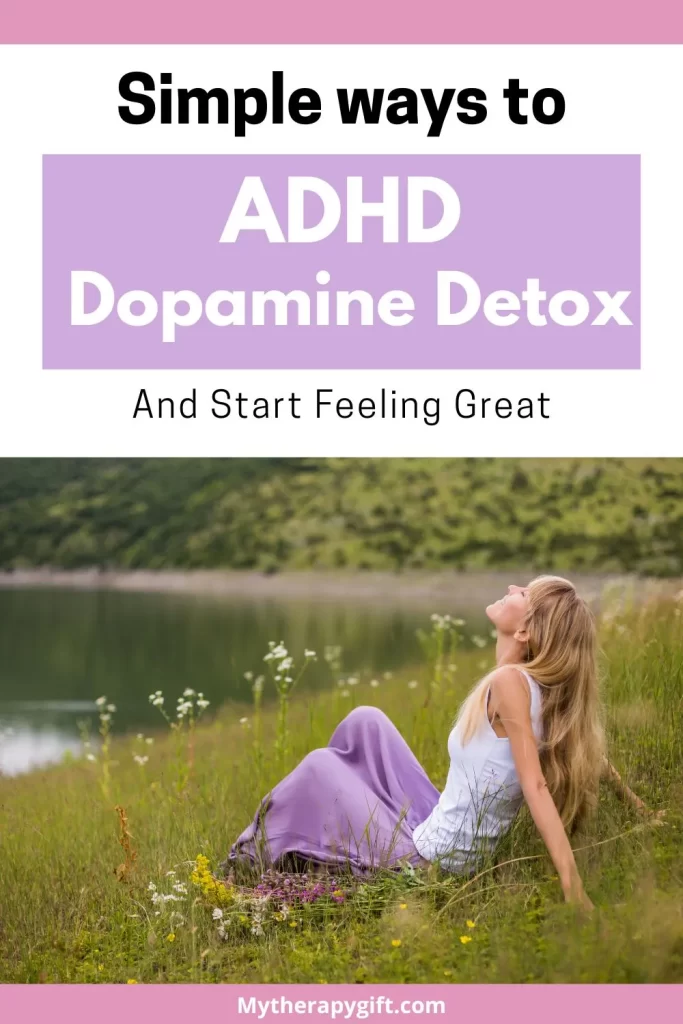
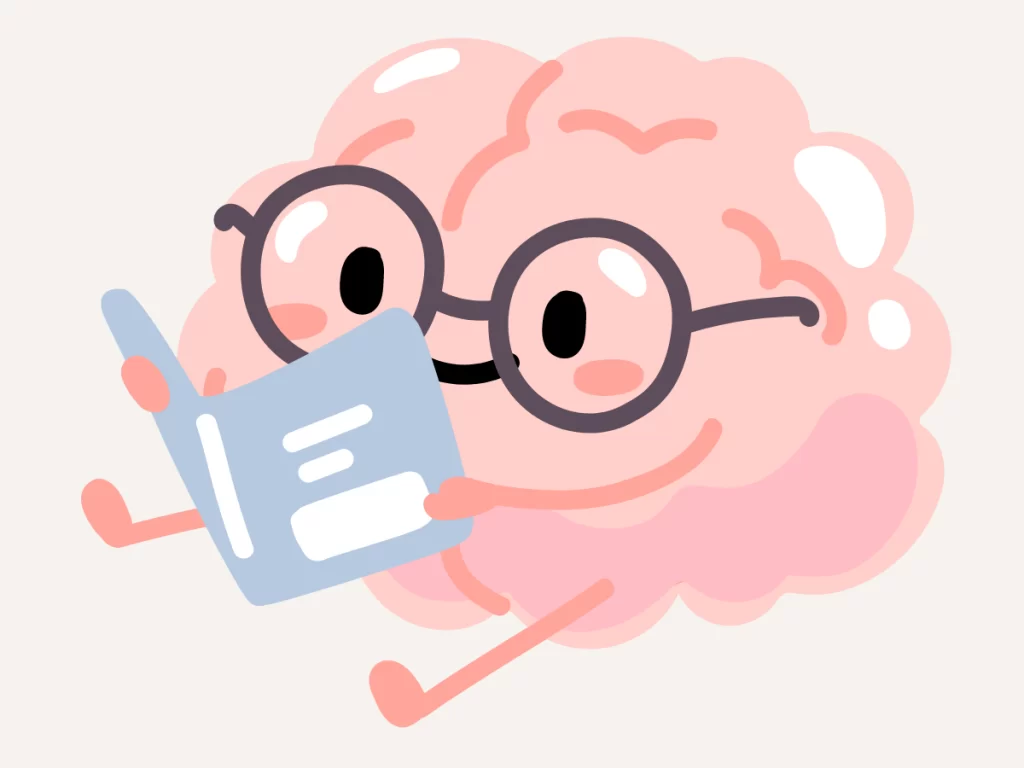
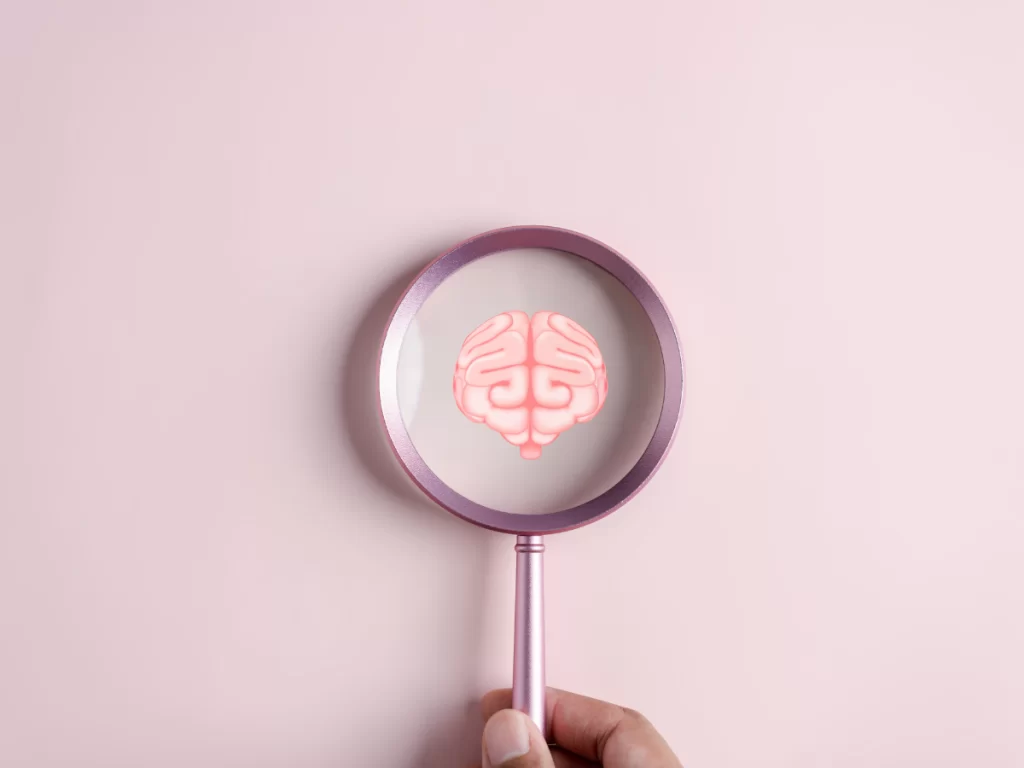
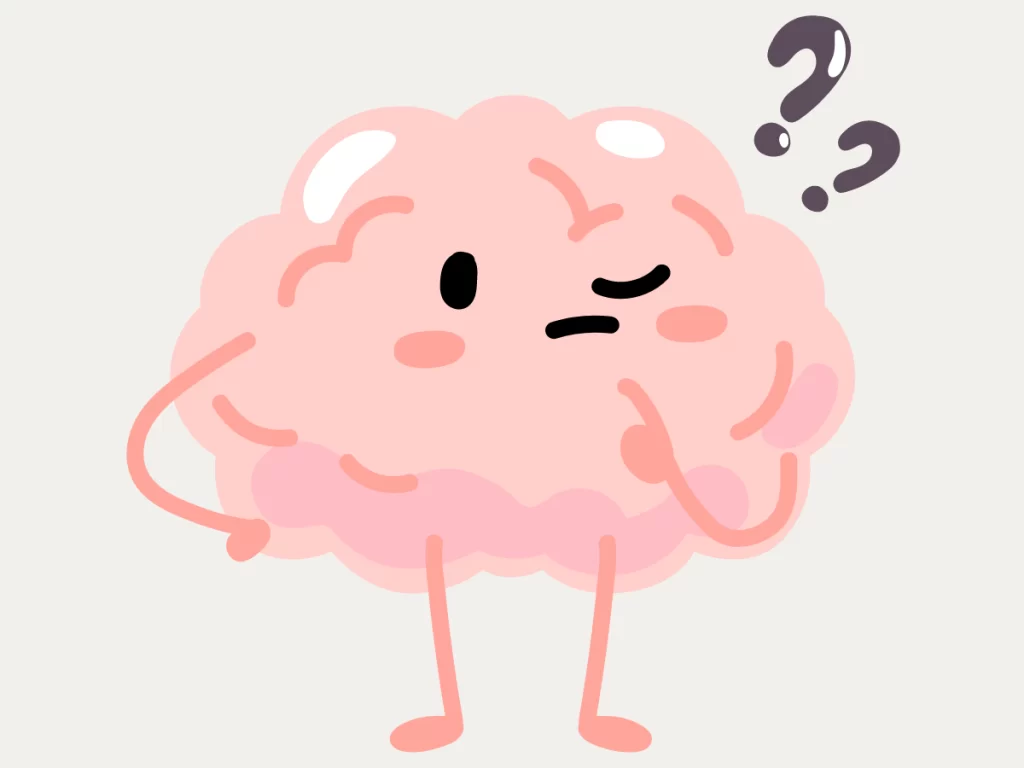
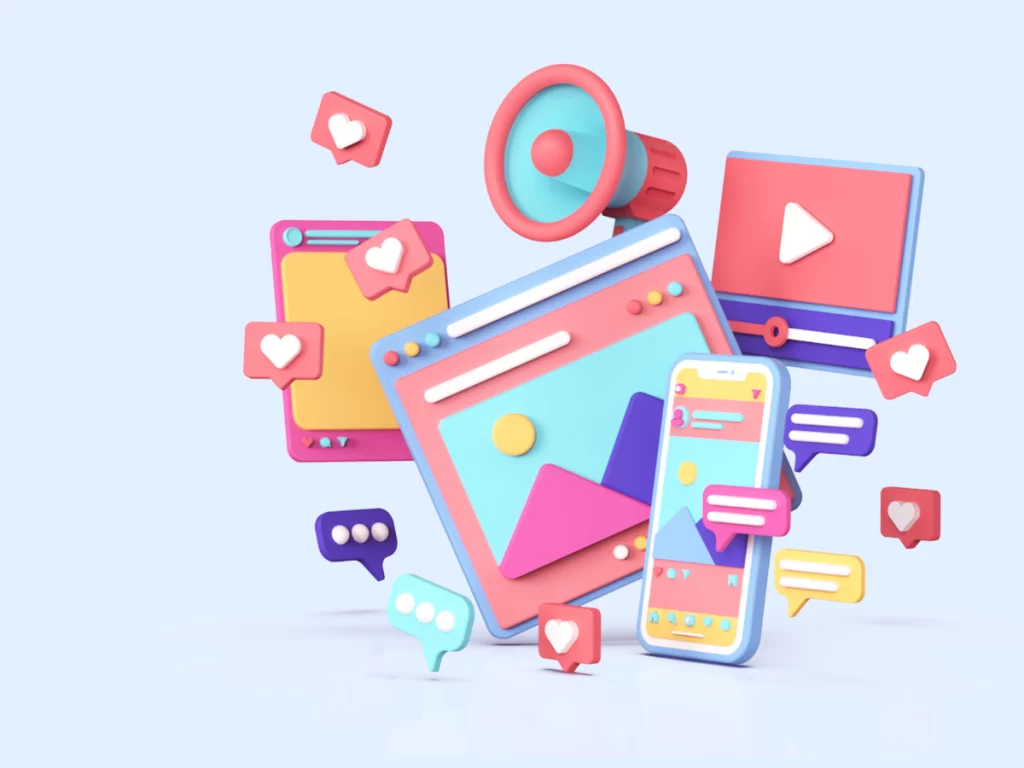


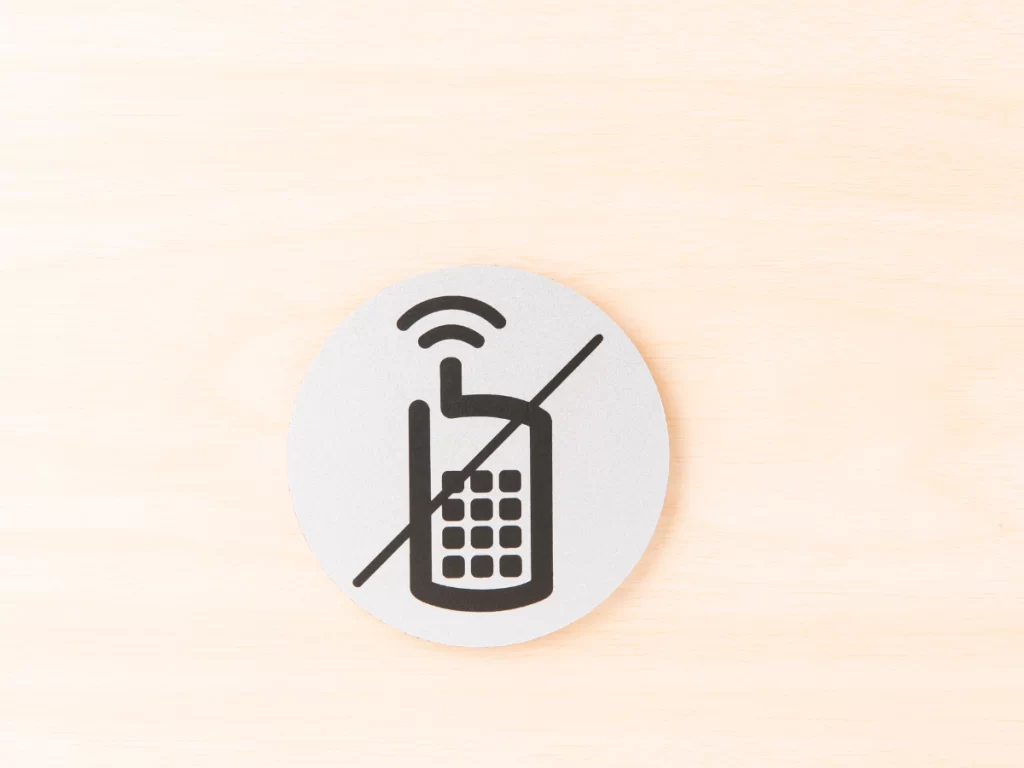




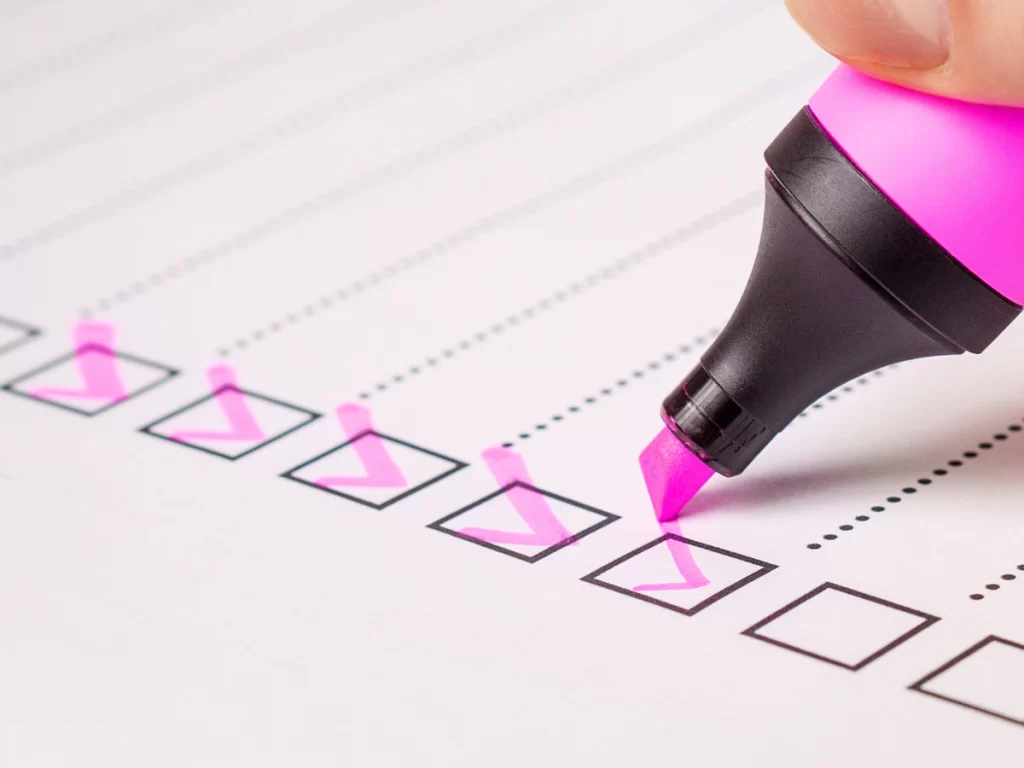
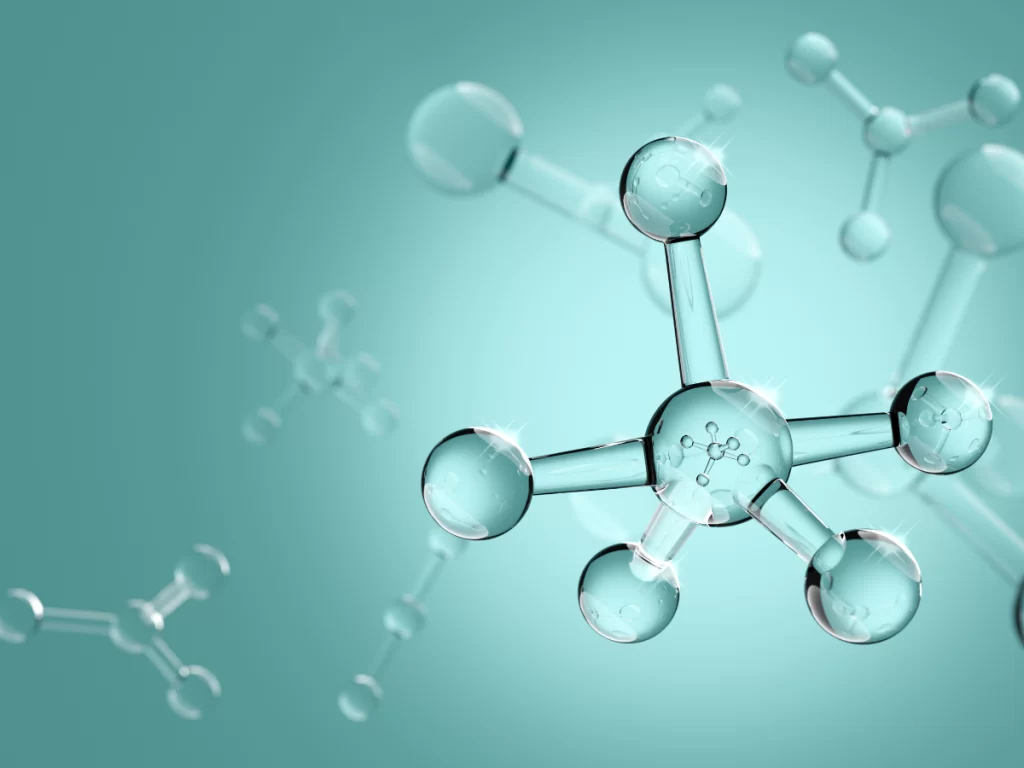
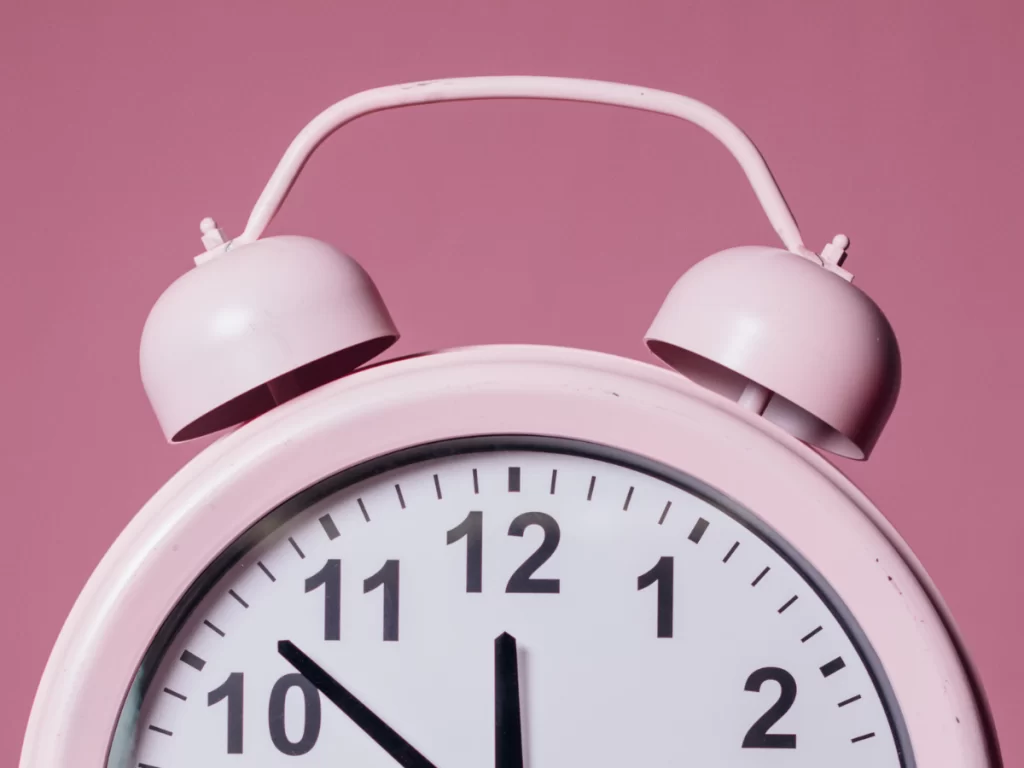

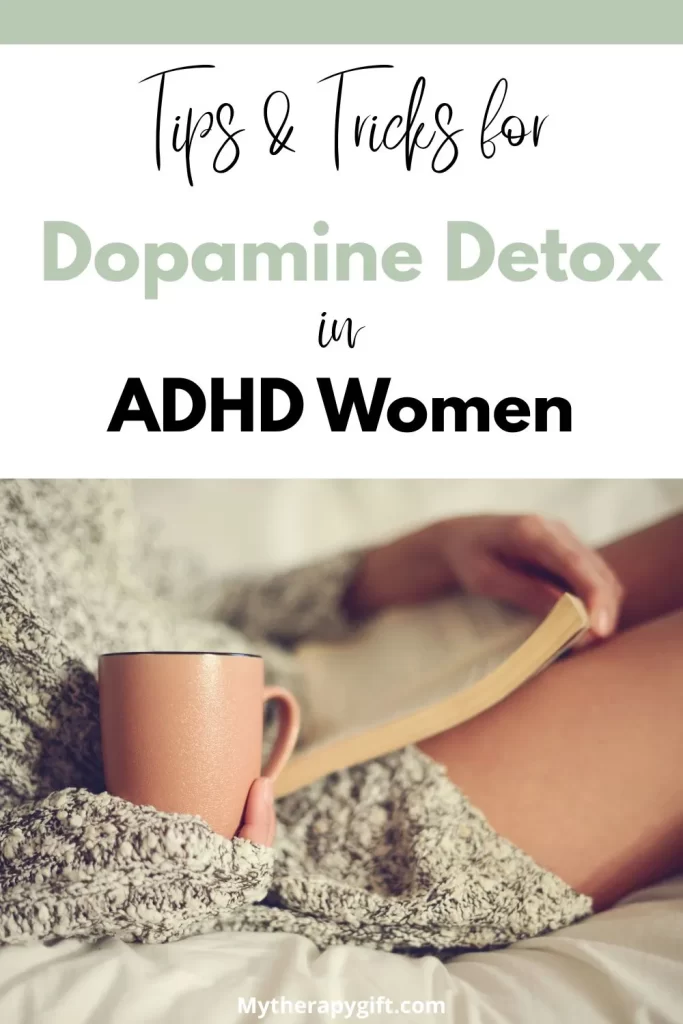
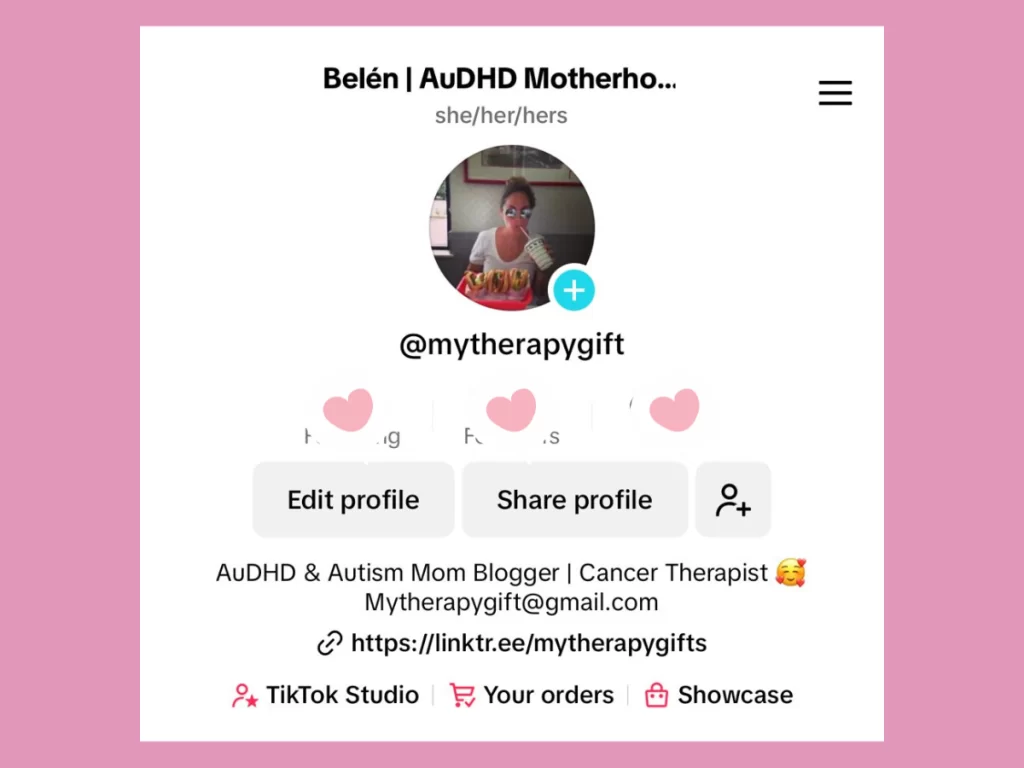
Leave a Reply